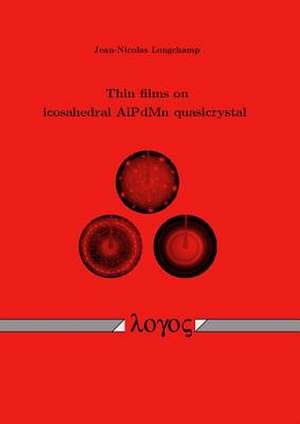Thin Films on Icosahedral Alpdmn Quasicrystal
en Limba Engleză Paperback
Preț: 366.95 lei
Nou
Puncte Express: 550
Preț estimativ în valută:
70.21€ • 73.31$ • 58.11£
70.21€ • 73.31$ • 58.11£
Indisponibil temporar
Doresc să fiu notificat când acest titlu va fi disponibil:
Se trimite...
Preluare comenzi: 021 569.72.76
